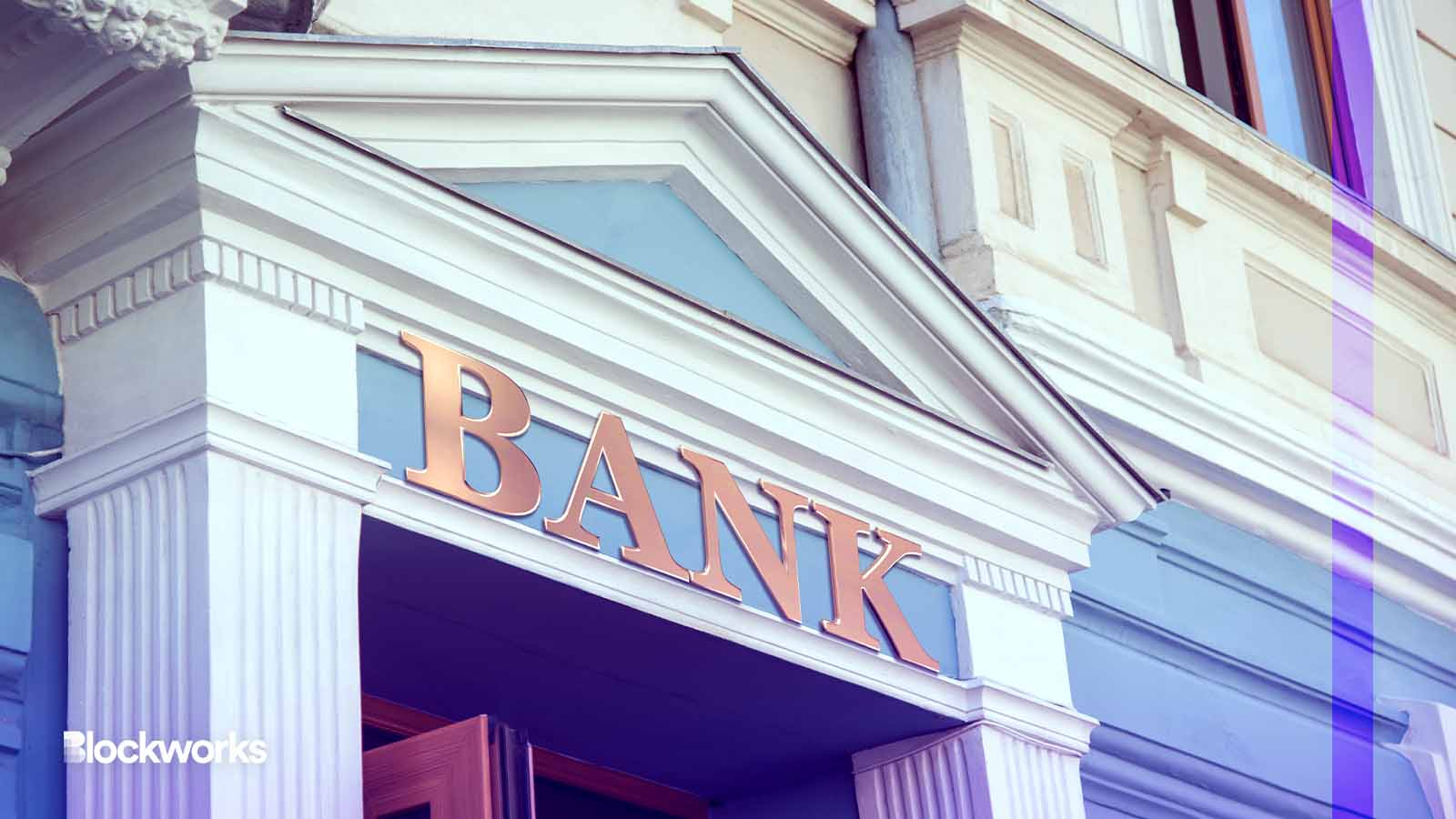Banks Can ’10x Blockchain Industry’ Says Chainlink Co-Founder

[gpt3]rewrite
The Society for Worldwide Interbank Financial Telecommunication (Swift) announced on Tuesday a collaboration between major banks and Web3 infrastructure provider Chainlink to try to connect private and public permissionless blockchains.
Swift is a global financial messaging system that supports most international money and securities transfers. In 2022, it launched tests to explore the interoperability of private blockchains among financial institutions for tokenized assets. Building on this initiative, Swift is now expanding the scope of its experiments to include public blockchains. To facilitate this extension, Swift will use Chainlink’s Cross-Chain Interoperability Protocol (CCIP).
“More institutions are beginning to explore how they can serve clients on both permissioned and public blockchain networks like Ethereum,” Jonathan Ehrenfeld, head of securities strategy at Swift, said in a statement.
The partnership includes major financial institutions worldwide, including BNP Paribas, BNY Mellon, Citi, Euroclear, SIX Digital Exchange (SDX) and The Depository Trust & Clearing Corporation (DTCC).
Chainlink offers what Swift calls an “abstraction layer for enterprise accounts.” Sergey Nazarov, one of the company’s co-founders, said he believes the asset tokenization trend is being embraced by both banks and financial market infrastructure institutions, which has the potential to “10 times the size of the blockchain industry.”
“It shows that the largest financial institutions – even in a low market – are interested in blockchain technology that reinvents how capital markets work,” Nazarov told Blockworks.
CCIP is a “universal messaging interface” for communication across blockchains. Its ability to interface with private blockchains, plus security features like an active risk management network, is what sets it apart from alternatives like Axelar’s General Message Passing and makes it attractive to large financial players, Nazarov said.
CCIP uses the same security model as Chainlink’s oracle network, which has processed over seven trillion dollars in value, he said.
Swift’s goal: Use existing banking systems
Swift launched its first messaging services in 1977, replacing the prevailing technology of the time, Telex — it was “like a private financial Internet before the Internet,” Nazarov said. There is a lot of old financial infrastructure that banks want to preserve while achieving the efficiencies that they recognize are available from blockchain networks.
Tom Zschach, chief innovation officer at Swift, sees a multi-chain future, and connecting to hundreds of different chains is not possible for most banks. Chainlink aims to save thousands of global banks time and money by connecting chains through one integration.
“What is missing is the ability to send [assets] from a bank chain to a public chain —
Banks want to do that, Nazarov said.
“It’s not called a chain link by accident,” he chuckled.
the proof of concept will demonstrate how banks can practically interact across these networks, both public and private.
For example, Nazarov said, a bank could issue a security token on its own private chain using CCIP, then move the token on-chain to a custodian like BNY Mellon. It can update a proof-of-reserve record on the CCIP, enabling a third bank to purchase the tokenized security and transfer it to its own private chain.
In this example, all the chains in question are private, but Nazarov pointed to French bank Société Générale’s use of public Ethereum as an example where public blockchains could be in the loop.
“In my eyes, blockchains, public and private, will eventually gain enough functionality to become the same,” Nazarov said, comparing it to the evolution of various independent networks into what we now call “the Internet.”
Once the technology is in place to allow banks to take various securities and easily move them around, they will adapt certain types for use in public chains, he said.
They are too big a market at this point to ignore.
“I think they realize that the digital asset class is not going anywhere,” Nazarov said.
Get today’s best crypto news and insights delivered to your email every night. Subscribe to Blockworks’ free newsletter now.
Want alpha sent straight to your inbox? Get degen trading ideas, management updates, token performance, unmissable tweets and more from Blockworks Research’s Daily Debrief.
Can’t you wait? Get our news in the fastest way. Join us on Telegram and follow us on Google News.
[gpt3]
























